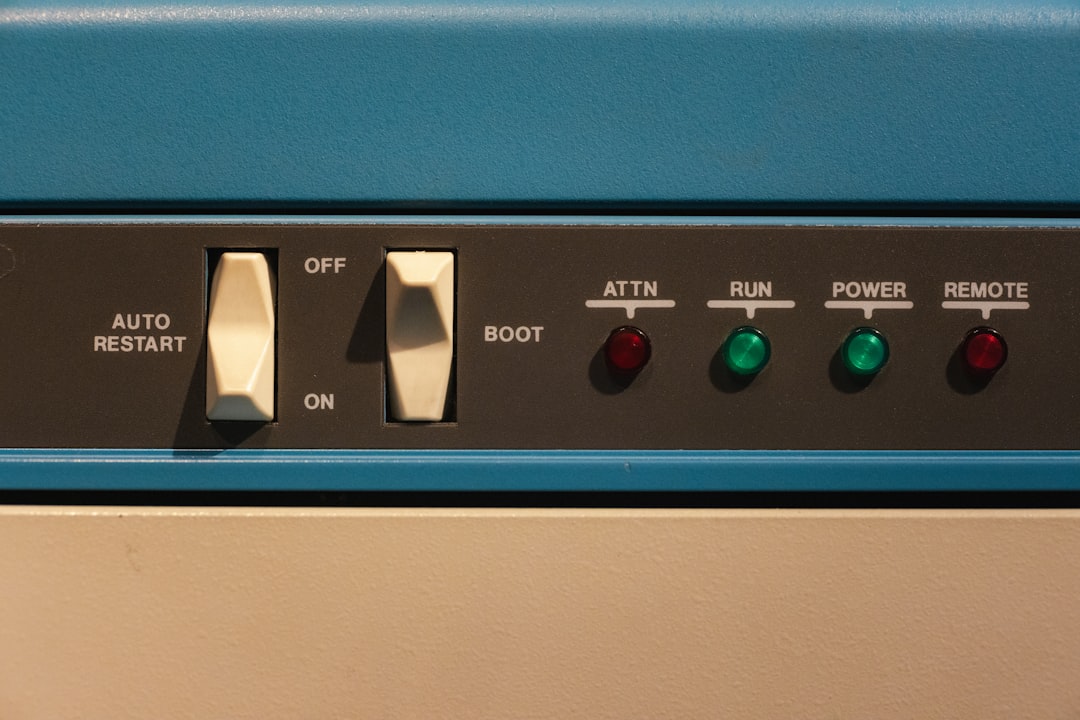In industries ranging from aerospace and automotive to robotics and medical devices, the reliability of connections is paramount. Traditional connection methods often fail under shock and vibration, leading to malfunctions, downtime, and even catastrophic failures. This is where shock-resistant connection systems step in, offering robust and dependable solutions for maintaining connectivity in even the most demanding environments. This comprehensive guide delves into the intricacies of these vital systems.
Understanding the Need for Shock-Resistant Connections
Shock and vibration are ubiquitous in many applications. From the jarring impacts experienced during transportation to the constant micro-vibrations of machinery, these forces can put immense stress on connections. Loose connections lead to signal loss, power interruptions, and mechanical failures. The consequences can range from minor inconveniences to significant safety hazards and costly repairs. Shock-resistant connection systems are designed to mitigate these risks by providing a secure and stable connection that can withstand significant mechanical stress.
The severity of the shock and vibration dictates the type of connection system required. For example, a system designed for a delicate medical instrument will have different requirements than one used in a heavy-duty industrial setting. Factors such as frequency, amplitude, and duration of the shock must all be considered when selecting an appropriate system.
Types of Shock-Resistant Connection Systems
Several different types of shock-resistant connection systems exist, each with its own strengths and weaknesses. These include:
- Positive Locking Connectors: These connectors utilize mechanical features, such as bayonet mounts, threaded couplings, or latching mechanisms, to ensure a secure and reliable connection that resists disengagement under shock and vibration. They are commonly used in applications requiring high reliability and resistance to accidental disconnection.
- Vibration-Dampening Connectors: These systems incorporate materials or designs that absorb and dissipate vibrational energy, protecting the connection from the damaging effects of continuous vibration. Elastomeric materials, for example, are often used to create a compliant interface that reduces the transmission of vibrations.
- Redundant Connection Systems: These systems employ multiple connection points or pathways to ensure that even if one connection fails, the system remains operational. This is particularly critical in safety-critical applications where a single point of failure could have devastating consequences.
- Self-Locking Connectors: These connectors utilize a mechanism that automatically locks into place once connected, preventing accidental disconnection even under significant stress. This is often achieved through the use of spring-loaded mechanisms or other self-locking features.
- Specialized Connectors for Harsh Environments: Specific connectors are designed to withstand extreme temperatures, pressures, or corrosive environments in addition to shock and vibration. These often incorporate specialized materials and robust sealing mechanisms.
Design Considerations for Shock-Resistant Connections
Designing effective shock-resistant connection systems requires careful consideration of several factors:
- Material Selection: The choice of materials is crucial. Materials must possess high strength, stiffness, and fatigue resistance to withstand repeated shock and vibration. Common materials include high-strength alloys, plastics with high impact resistance, and specialized elastomers.
- Connection Geometry: The geometry of the connection plays a vital role in its ability to withstand shock. Features like increased surface area, interlocking designs, and robust clamping mechanisms all contribute to improved shock resistance.
- Stress Analysis: Finite element analysis (FEA) is often used to simulate the behavior of the connection under various loading conditions. This allows engineers to optimize the design for maximum shock resistance and minimize stress concentrations.
- Environmental Factors: Environmental factors such as temperature, humidity, and corrosive substances can significantly affect the performance of the connection. These factors must be carefully considered during the design process.
- Testing and Validation: Rigorous testing is essential to verify the shock resistance of the connection system. This may involve subjecting the connection to various shock and vibration tests to ensure it meets the required performance specifications.
Applications of Shock-Resistant Connection Systems
The applications for shock-resistant connection systems are vast and diverse. They are critical components in numerous industries, including:
- Aerospace: Aircraft and spacecraft experience significant shock and vibration during launch, flight, and landing. Shock-resistant connections are essential for ensuring the reliable operation of critical systems.
- Automotive: Vehicles are subjected to significant vibrations and impacts during operation. Shock-resistant connections are used in various components, including engine mounts, suspension systems, and electronic control units.
- Robotics: Robots operate in dynamic environments and often experience significant shocks and vibrations. Robust connections are essential for ensuring the reliable operation of robotic arms, sensors, and actuators.
- Medical Devices: Medical devices, particularly implantable devices, require highly reliable connections that can withstand the stresses of the body’s movements.
- Industrial Machinery: Heavy industrial machinery is subjected to significant vibrations and impacts during operation. Shock-resistant connections are crucial for ensuring the safe and reliable operation of these machines.
Future Trends in Shock-Resistant Connection Systems
Ongoing research and development are constantly pushing the boundaries of shock-resistant connection technology. Future trends include:
- Smart Connectors: The integration of sensors and electronics into connectors allows for real-time monitoring of connection integrity and the detection of potential failures. This enables predictive maintenance and enhances system reliability.
- Advanced Materials: The development of new materials with enhanced strength, stiffness, and fatigue resistance will further improve the performance of shock-resistant connections.
- Miniaturization: The demand for smaller and more compact devices is driving the development of miniaturized shock-resistant connectors.
- Improved Reliability and Durability: Ongoing research aims to create even more reliable and durable connection systems that can withstand even more extreme conditions.
- Sustainable Designs: There is a growing emphasis on developing environmentally friendly connection systems using recycled or bio-based materials.
In conclusion, shock-resistant connection systems are critical components in numerous applications where reliable connectivity is paramount. Understanding their types, design considerations, and applications is essential for engineers and designers seeking to create robust and dependable systems capable of withstanding the rigors of harsh environments. The ongoing advancements in this field promise even more reliable and innovative solutions in the future.
Tags: Shock-resistant connectors, vibration dampening connectors, robust connections, connection systems, industrial connectors




